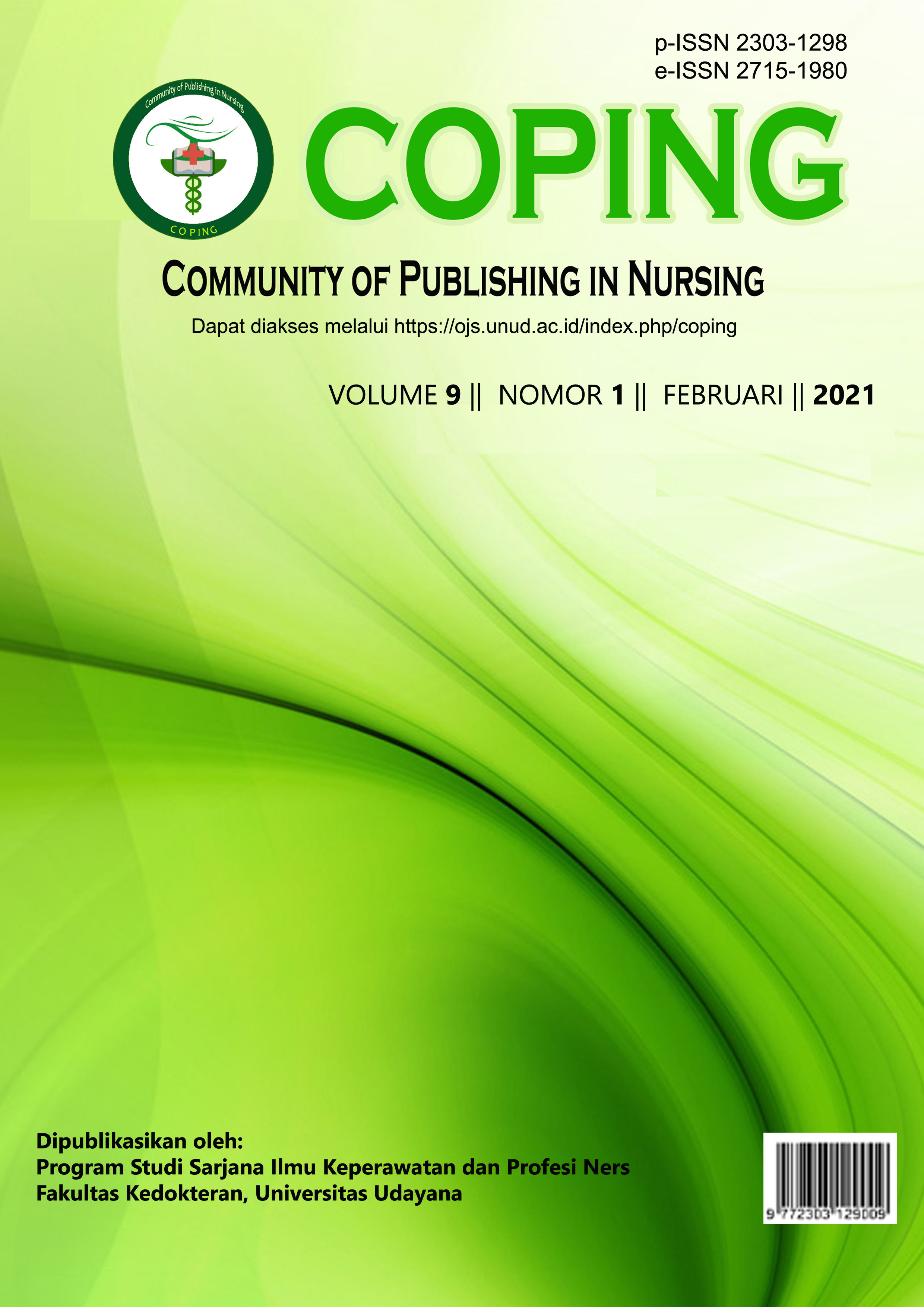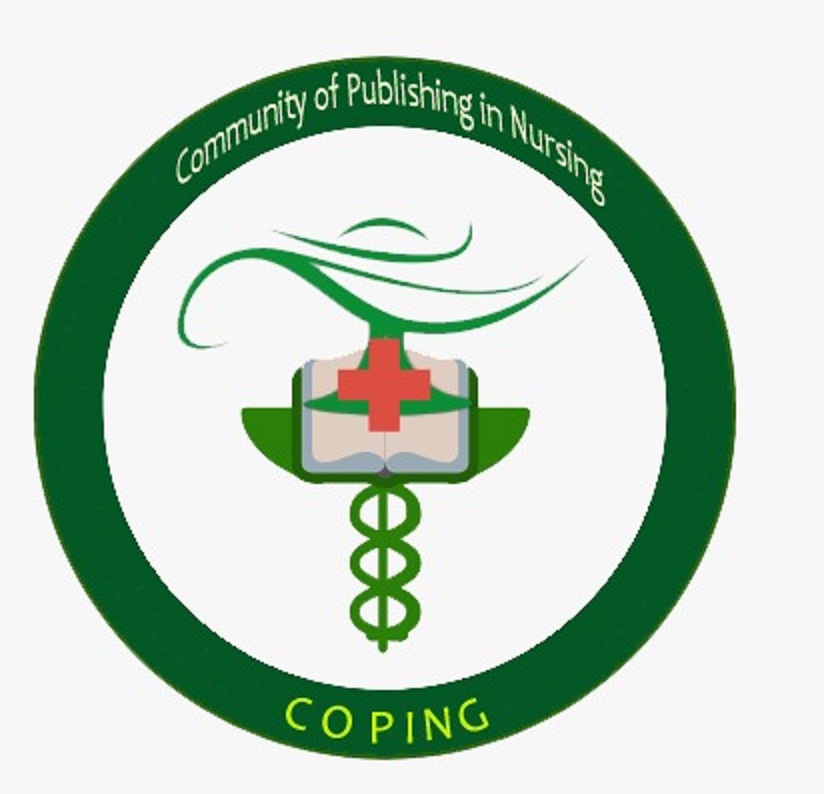SURVEI IMPLEMENTASI PELAYANAN KEBIDANAN KOMPLEMENTER DALAM MENGURANGI INTERVENSI MEDIS
Abstract
The existing complementary therapy of the community's medical options, especially for pregnant and childbirth women. In various health care providers, many clients ask questions about complementary or alternative therapies to health workers such as midwives. This happens because the client wants to get the service according to his choice, so that if the wish is fulfilled it will have an impact on client satisfaction. This can be an opportunity for midwives to play a role in providing complementary therapies. The research method used is a survey. where the research was carried out without intervening on the research subjects. Collecting data by survey at the work unit providing complementary midwifery services. The population in this study were all midwives who provide complementary midwifery services independently and / or who work in complementary midwifery service units. With the sample used in total sampling taken using consecutive sampling technique based on a predetermined time. The use of complementary therapies by midwives mostly carried out by midwives is massage / massage therapy, which is as many as 43 midwives (61.4%), among which massages performed by midwives include: baby massage, postpartum massage, oxytocin massage, breast massage and massage. perenium. Other complementary therapies run by midwives are hypnotherapy (15.8%), acupressure (12.8%), then yoga services (5.7%) and herbal medicine (4.3%).
Downloads
References
Ernst, Edzard & Watson, Leala. 2012. Midwives’ use of complementary/ Alternative Treatments: Midwifery Journal, Volume 28, Issue 6, Ed: December 2012, Pages 772–777.
Fontaine, K.L. (2005). Complementary & alternative therapies for nursing practice. 2th ed. New Jersey: Pearson Prentice Hall
Harding, Debble & Foureur, Maralyn. 2009. New Zaeland and Canadian Midwifes’ Use of Complementary and Alternative Therapy: New Zaeland College of Midwives, Journal 40, Ed: April 2009.
Hitchcock, J.E, Schubert, P.E., Thomas, S.A. (1999). Community health nursing: Caring in action. USA: Delmar Publisher
Keputusan Menteri Kesehatan Republik Indonesia Nomor 1109/Menkes/Per/IX/2007 tentang penyelenggaraan pengobatan komplementer-alternatif.
Nezabudkin, V. (2007). How to research alternative treatment before using them.http//.www.naturalhealthweb.com/art icles/ Nezabudkin1.html, diperoleh 25 Januari 2008.
Smith, S.F., Duell, D.J., Martin, B.C. (2004). Clinical nursing skills: Basic to advanced skills. New Jersey: Pearson Prentice Hall.
Snyder, M. & Lindquist, R. (2002).Complementary/alternative therapies in nursing. 4th ed. New York: Springer.
Sugiyono. 2010. Metode Penelitian Kualitatif dan R&D. Bandung: CV.Alfabeta.







